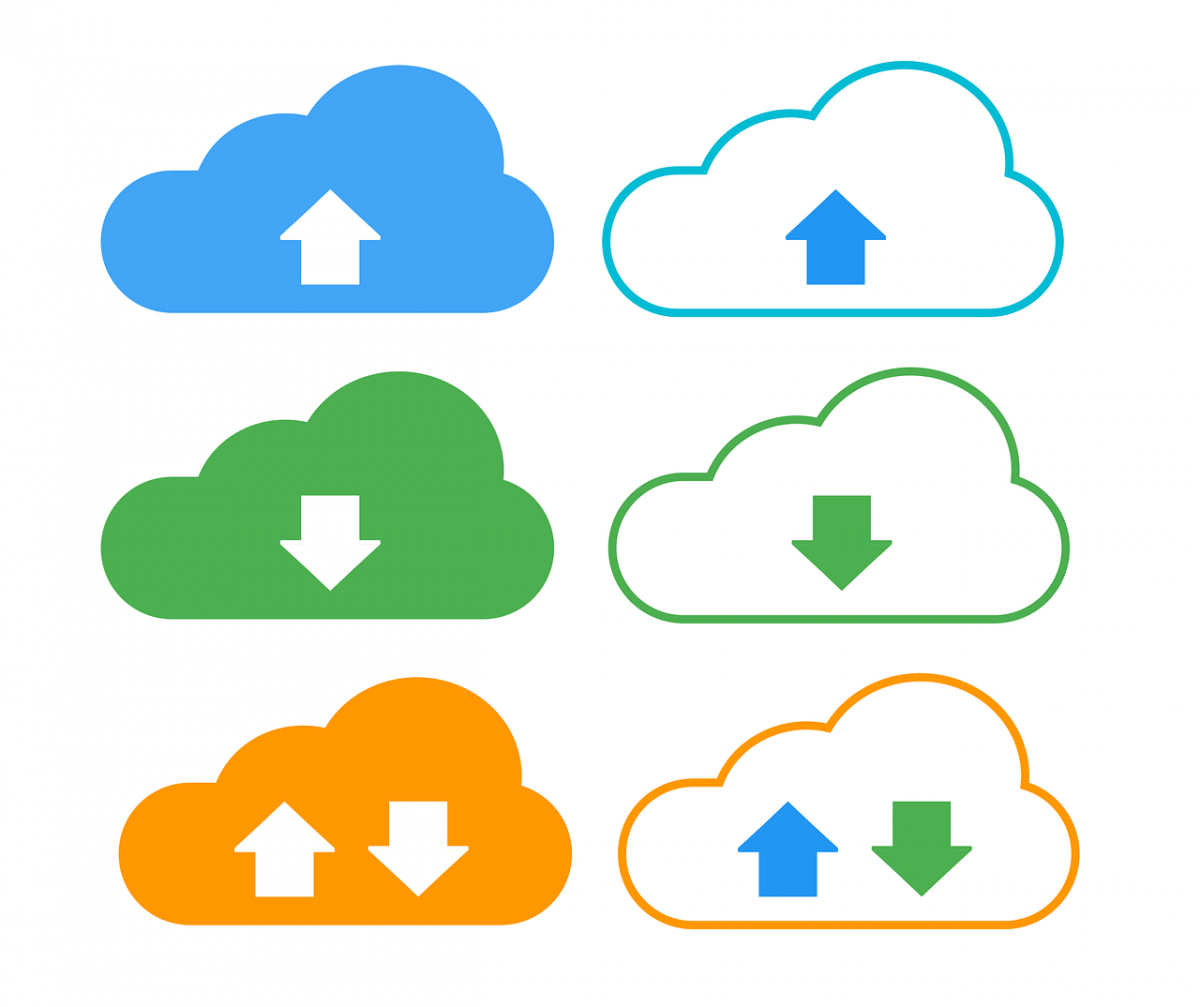Cloud storage is a computer data storage method, with a physical storage environment that is typically owned and managed by a hosting company. There are tons of advantages with cloud storage. For example, there is no monetary waste because you only pay for your actual storage consumption per month. Businesses can also become greener and cut energy costs with cloud storage. Data protection is intrinsic to this type of storage, so added protection and the costs associated with it are superfluous. Storage maintenance is the service provider’s responsibility. Plus, cloud storage can serve as a central storage hub for businesses with multiple locations.
A potential concern – for all public storage options – is that by sharing storage with other users, it could be possible that those other users might gain access to your data if there is an error, faulty equipment or criminal activity. The good news is that cloud storage can be purchased in the form of private storage as opposed to public storage. This can be a nice option for those with sensitive data.
Then there is OneDrive, a Microsoft cloud storage option that allows you to store your files in one place and then share them with others from any Internet connected device – a lot like DropBox. Microsoft OneDrive works well with Windows because…well…it was created for it.
And don’t forget Google Drive, a versatile file storage and synchronization tool that enables users to store files on their servers, synchronize files across devices and share files. Additionally, it offers apps with offline capabilities and works for Windows, Mac, android phones, smartphones and tablets. It also permits collaborative creation and editing within the Google Office Suite since…well…it is a Google product.


